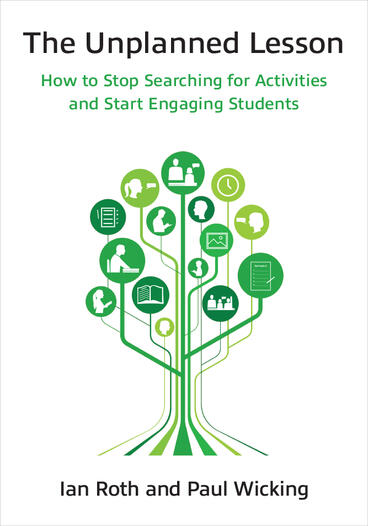The Unplanned Lesson
How to Stop Searching for Activities and Start Engaging Students
Revamping lesson plans to be more flexible and engaging for language learners
Description
The complexities of language education demand that teachers have the flexibility to be able to adapt their plans during lessons in order to meet the needs of their students. Yet teachers are trained to meticulously prepare lesson plans and numerous activities to keep their students engaged. This can lead to teachers feeling locked into the plan they spent time preparing. The Unplanned Lesson suggests a new paradigm for how to prepare for and conduct language lessons based on curating what the authors term “structures.” By focusing on structures that are flexible, evolvable, repeatable, and memorable, teachers can reduce the amount of time they spend planning and increase the amount of time students are engaged in deliberate practice. Designed to integrate with any syllabus or textbook, The Unplanned Lesson approach aims to allow teachers to transform their classrooms by giving them more time to focus on supporting their students’ learning.
Ian Roth is an Assistant Professor at Meijo University and a Lecturer at the Center for Advanced Education in Entrepreneurship and Innovation, Osaka Metropolitan University.
Paul Wicking is a Professor in the Faculty of Foreign Studies, Meijo University.
Reviews
“The Unplanned Lesson helps new and seasoned teachers consider novel ways to approach our teaching, drawing upon education and other fields with practical suggestions. Central to this teacher resource is the authors’ catalogue of 50 structures, complete with visuals, that can be used in myriad ways to enhance interaction in language classes. Yet first read the foundational background, which allows readers to implement the structures in creative and thoughtful ways. Highly recommended!”
- Michael Lessard-Clouston, Biola University
“This delightfully liberating book is not proposing that teachers be unprepared but rather deeply prepared with relevant backups, options, and frameworks. We need to be able to adjust to the moments of changing conditions in students, environments, subjects, and the self with relevant spontaneity; even improvising to fit the changes of a normally complex life and classroom, without having to stick to an overly rigid plan that we feel is not working.”
- Tim Murphey, PhD, semi-retired Freelance Educator with 15 years of experience in Europe and 30 in Asia

